Want to know what eats aphids? 5 beneficial insects that will save your plants – these natural predators control pest populations
These insects prey on a wide range of harmful plant pests
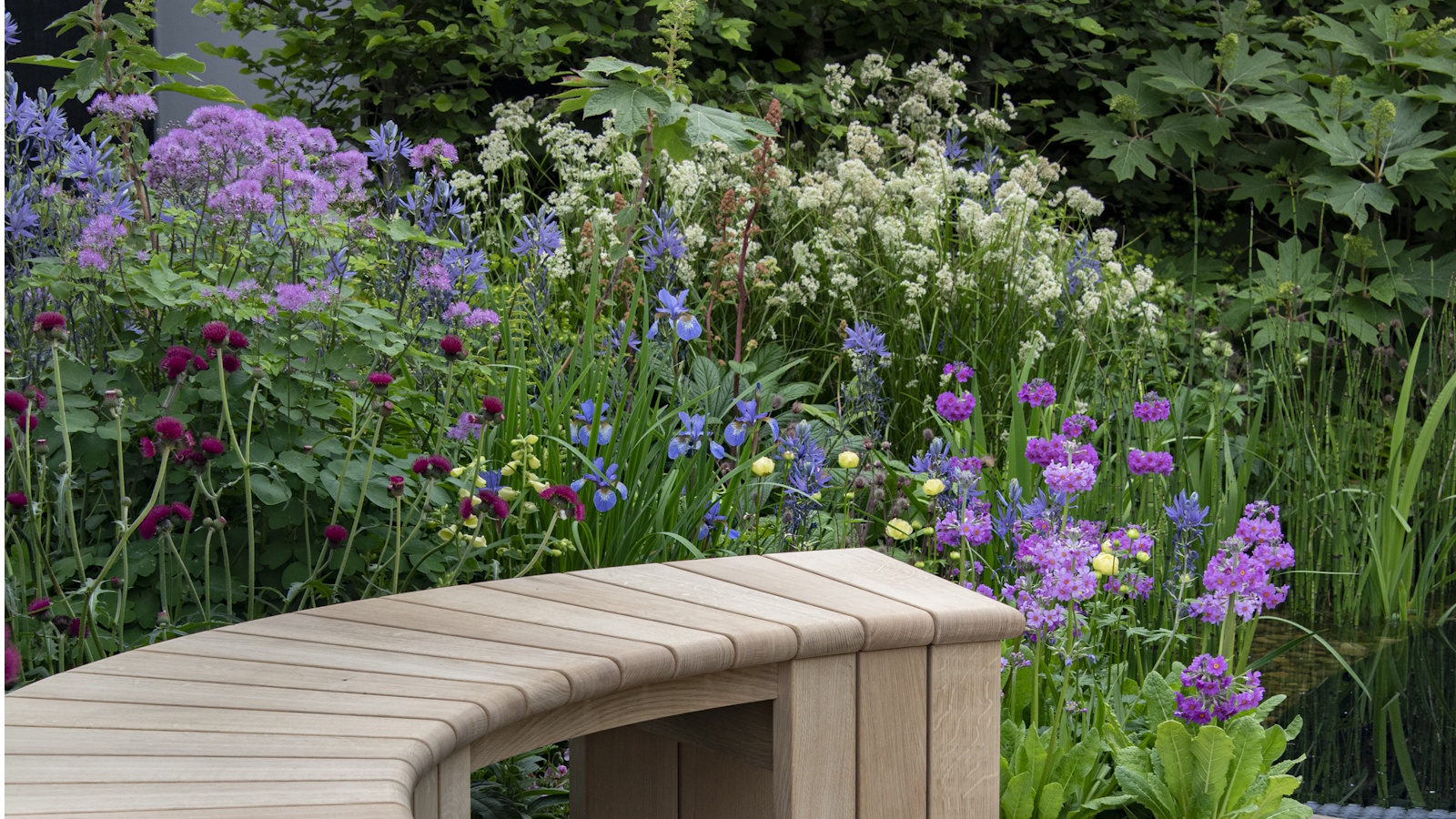

Aphids are one pest that make every gardener sigh as they return continuously. They're extremely common and don't discriminate in the plants they attack – ornamentals, edibles, flowers, foliage, and even houseplants. Aphids can be the downfall of your plants if you don't get a hold of the problem early. That's where aphid predators come in. They prey on these pests, protecting plants and keeping populations down.
If you've been battling how to get rid of aphids and it seems like a relentless process that requires lots of energy, you might just need to enlist the help of beneficial insects. These natural predators will eliminate aphids from your plants, and can even aid pollination in the process; a win-win.
So, if you're wondering what eats aphids and how to encourage them to your yard, keep reading. Here, I take a look at five common aphid predators.
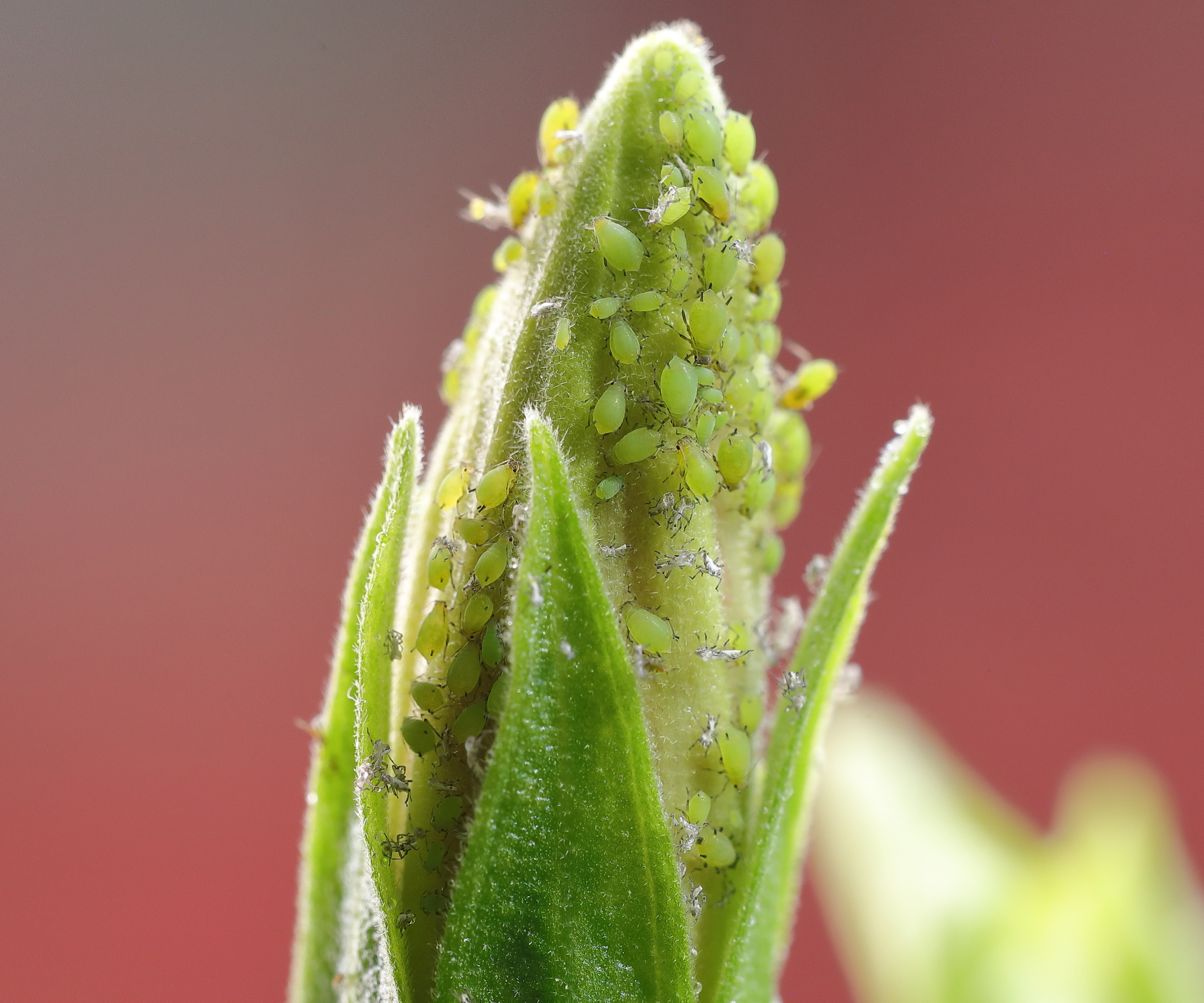
5 beneficial insects that prey on aphids
As well as making a DIY aphid spray, it's worth making use of the natural predators that will do the job for you.
There are a few ways you can encourage them to your yard or, in cases of more serious infestation, you can even buy beneficial insects to introduce to your yard. Here are five examples of what eats aphids to get you started:
1. Ladybugs
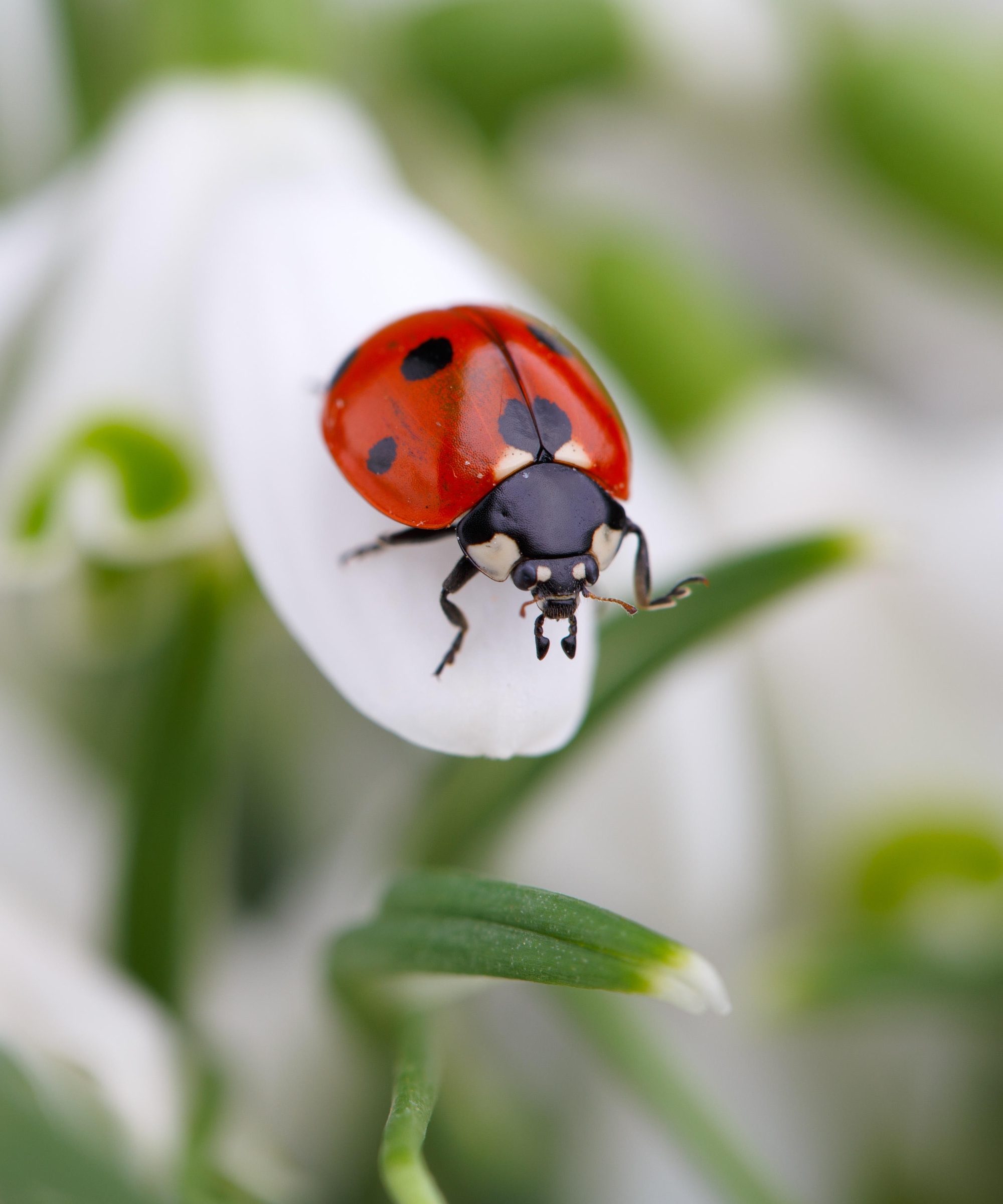
Ladybugs are on top of the list of natural pest control methods. These cute little bugs are actually quite aggressive in the insect world, feeding on aphids, scale insects, whiteflies, mealybugs, and more.
'It is estimated that a single ladybug can eat up to 50 aphids per day, and thousands of aphids throughout their lifetime. They have a voracious appetite and a quick life cycle, with some species capable of multiple generations in a year,' says Homes & Gardens Gardens Content Editor Drew Swainston.
Design expertise in your inbox – from inspiring decorating ideas and beautiful celebrity homes to practical gardening advice and shopping round-ups.
To attract ladybugs to your yard, opt for lots of pollen-rich plants for pollinators. You could even install a bug hotel (from Amazon) to provide shelter for them.
Alternatively, you can buy ladybugs to release in areas you have an aphid problem. For example, live ladybugs are available on Amazon.
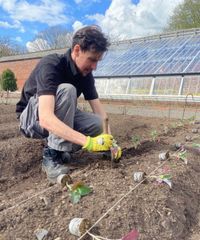
Drew qualified as a journalist and wrote for many websites and publications, before studying for a horticulture qualification. He worked as a professional gardener for several years, specializing in kitchen gardening. He's now bringing his expertise and passion to Homes & Gardens as a member of our team.
2. Lacewings

Lacewing is an insect I was happy to spot on my zinnias recently as I had previously spotted a few green aphids on them. These beneficial insects have delicate wings that earn their name.
It's actually the lacewing larvae that feed on aphids, as well as mites, thrips, and other small insects. Meanwhile adult lacewings seek honeydew, pollen, and nectar.
You can encourage lacewings to your yard by growing nectar-rich plants. Some examples include growing lavender, growing butterfly bush, and growing coneflowers.
Once again, you can actually purchase lacewing larvae (from Amazon) as a pest control method.
3. Parasitic wasps
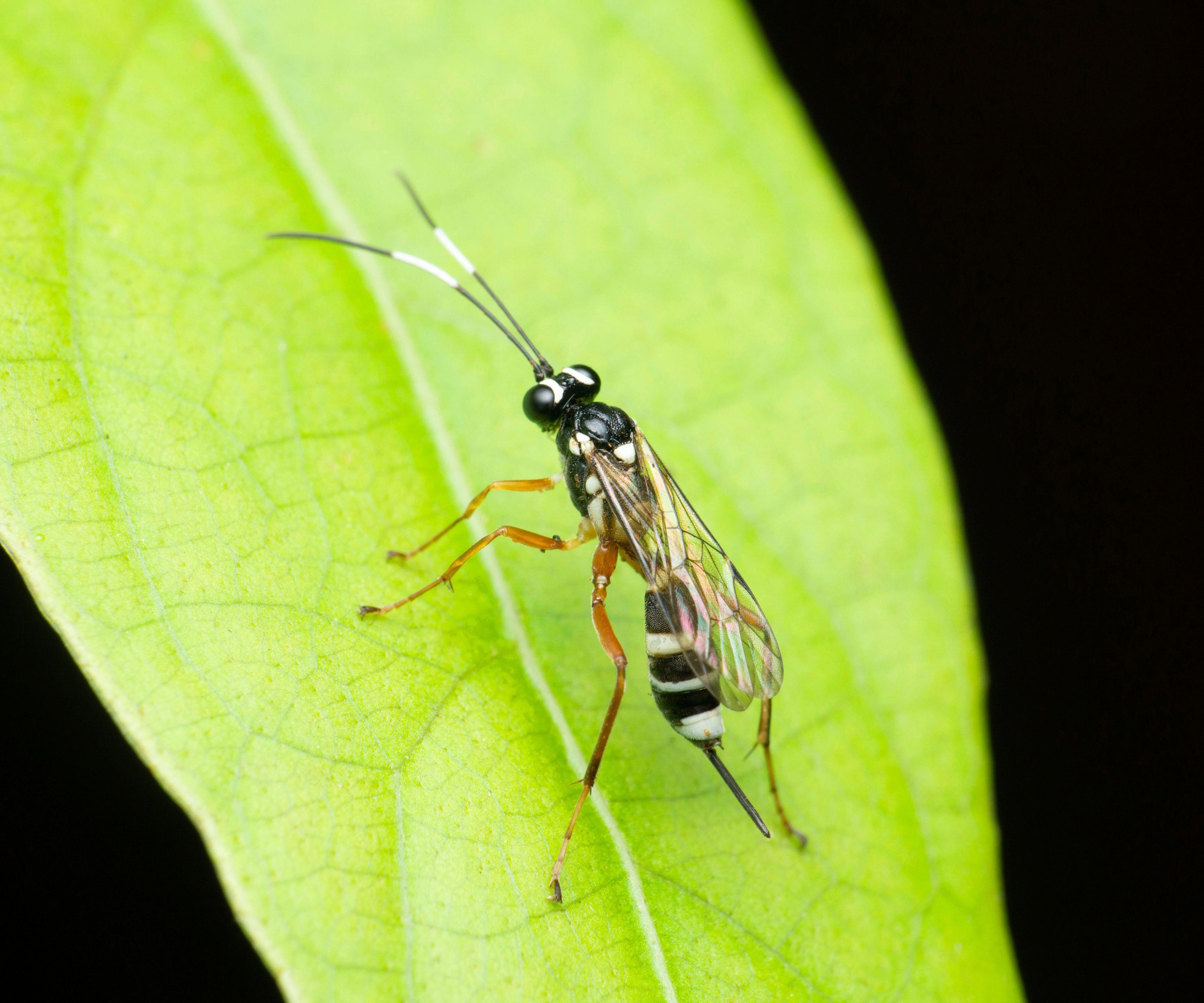
Another aphid predator to be aware of is parasitic wasps. They have a more gruesome approach to killing of aphids.
Parasitic wasps actually lay their eggs inside aphids by piercing them, essentially using them as a host. When the wasp larvae hatches, it feeds on aphids from the inside out.
They kill other pests using this process, too, including getting rid of whiteflies and scale insects.
Encourage a larger presence of parasitic wasps in a similar way to attracting bees, with lots of pollen-rich plants. Flowers that are small and open (such as Queen Anne's lace, from Burpee) are particularly good choices for these slender pollinators.
4. Hoverflies
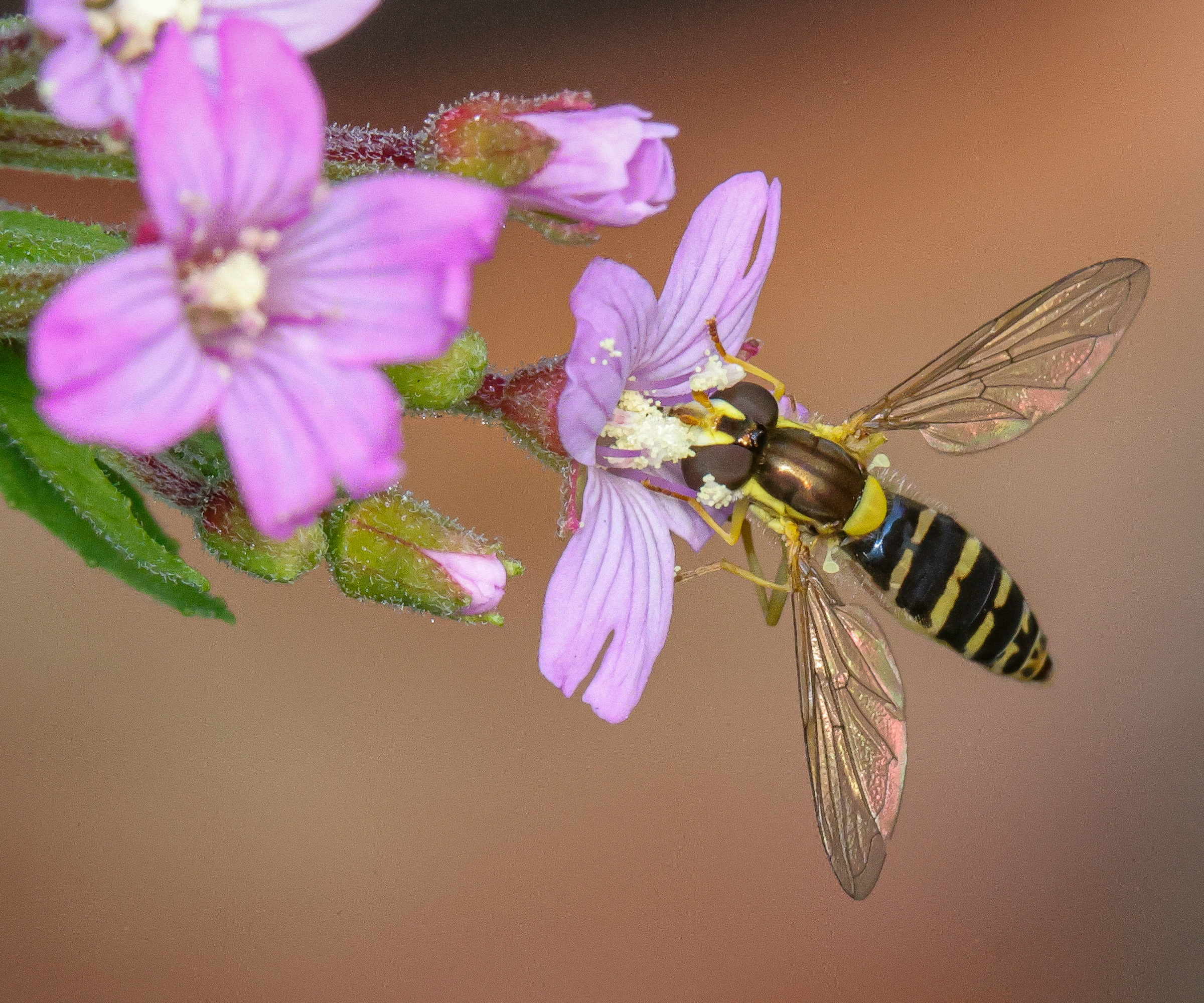
Often mistaken for wasps (Hymenoptera family), hoverflies belong in an entire different insect family (Diptera). While adult hoverflies feed on nectar and pollen, hoverfly larvae preys on aphids and sometimes other insects, like spider mites.
'They consume aphids during their larval stage, where they consume hundreds of aphids to keep down pest populations. It may sound gruesome, but they are effective hunters as the larvae pierce the aphids and quickly suck out the juicier parts of the aphid’s body,' Drew explains.
The good news is, there are lots of ways to help hoverflies in your yard and attract a larger population for pest control.
Sweet alyssum (seeds from True Leaf Market), dill, and lavender are examples of plants hoverflies are particularly attracted to. You can also provide water by getting a bird bath, as pollinators also need to stay hydrated.
5. Aphid midge
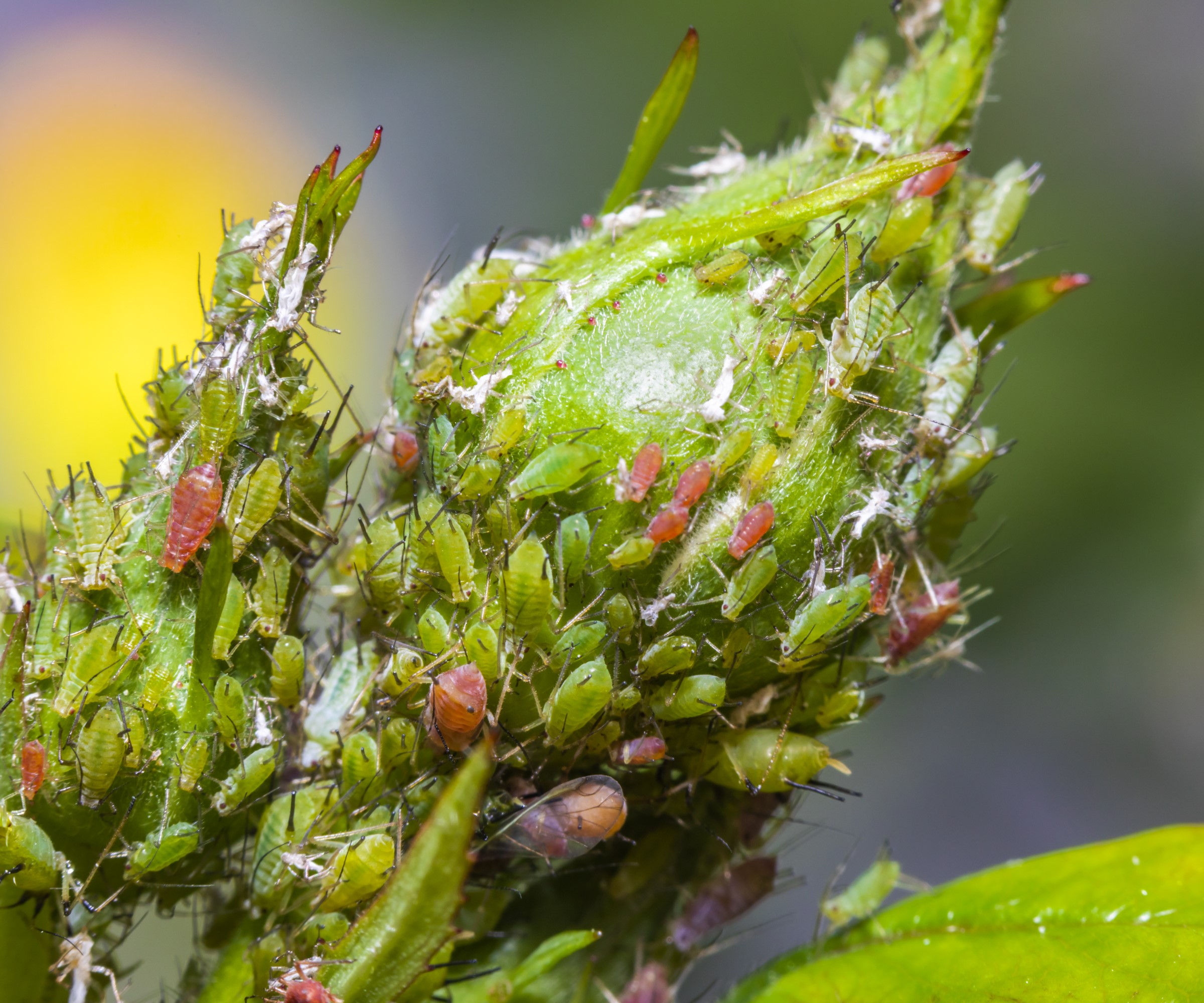
This one may sound obvious on the list of what eats aphids, by aphid midges are essential beneficial insects when it comes to controlling aphids in your yard.
More specifically, and just like hoverflies and parasitic wasps, it's the aphid midge larvae that preys on aphids.
They do so by injecting a toxin into aphids to paralyze them before feeding on them.
Plants that attract aphid midges include dill, fennel (seeds for planting from Walmart), cosmos, and buckwheat.
FAQs
What is the fastest way to get rid of aphids?
The fastest way to get rid of aphids is physically removing them. You can do this by blasting infested plants with water and using homemade aphid sprays, for example, using dish soap. Introducing beneficial insects and aphid predators can effectively keep populations down going forward.
You can actually use beneficial insects to get rid of aphids on houseplants, too, but of course this means being comfortable with having the likes of ladybugs in your home. Alternatively, opt for beneficial nematodes (like these nematodes from Amazon), a microscopic pest predator more suited to indoor environments.

Tenielle is a Gardens Content Editor at Homes & Gardens. She holds a qualification in MA Magazine Journalism and has over six years of journalistic experience. Before coming to Homes & Gardens, Tenielle was in the editorial department at the Royal Horticultural Society and worked on The Garden magazine. As our in-house houseplant expert, Tenielle writes on a range of solutions to houseplant problems, as well as other 'how to' guides, inspiring garden projects, and the latest gardening news. When she isn't writing, Tenielle can be found propagating her ever-growing collection of indoor plants, helping others overcome common houseplant pests and diseases, volunteering at a local gardening club, and attending gardening workshops, like a composting masterclass.
You must confirm your public display name before commenting
Please logout and then login again, you will then be prompted to enter your display name.